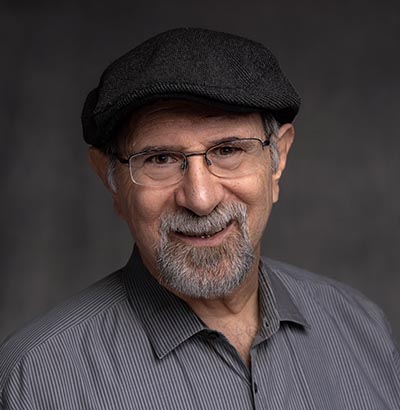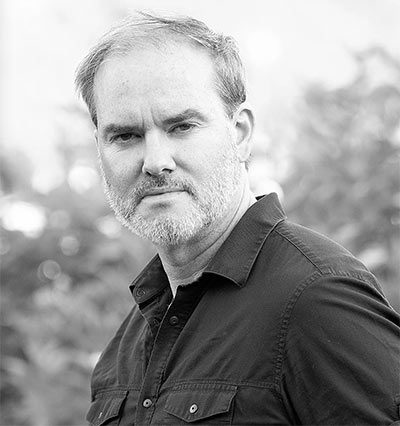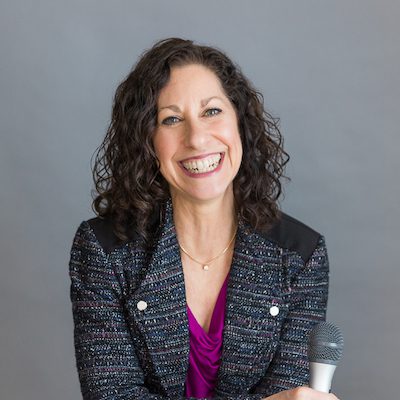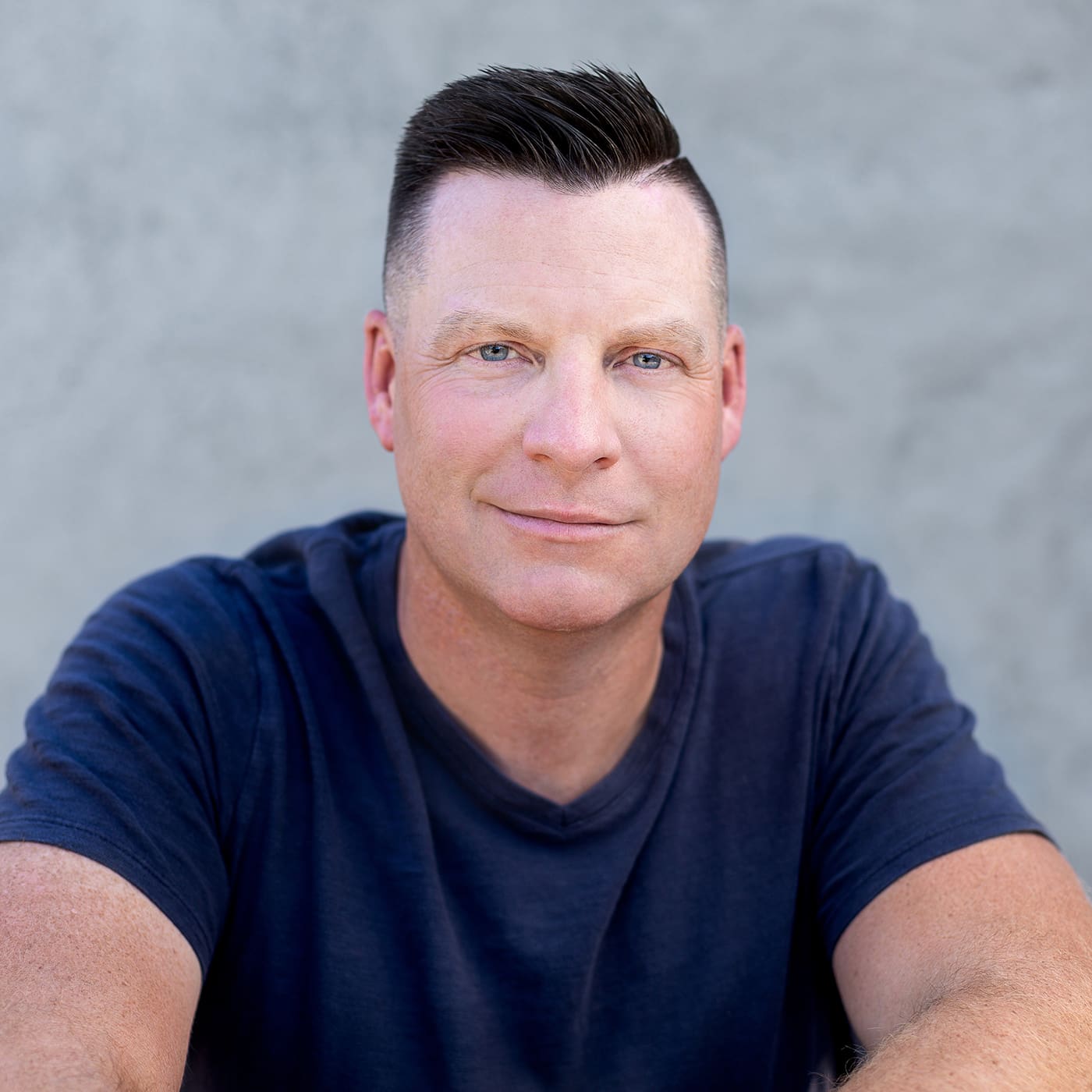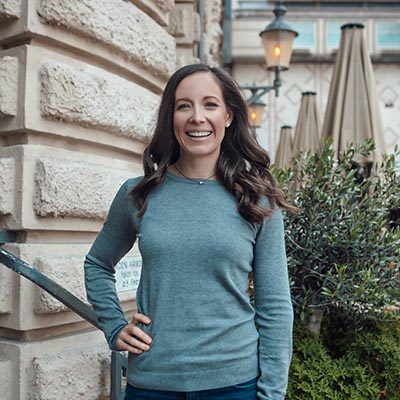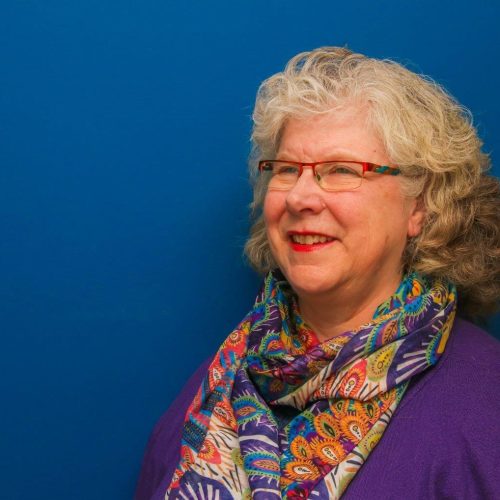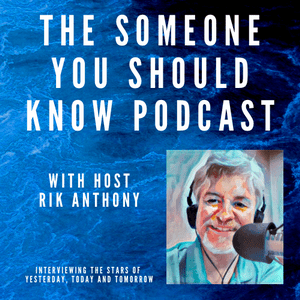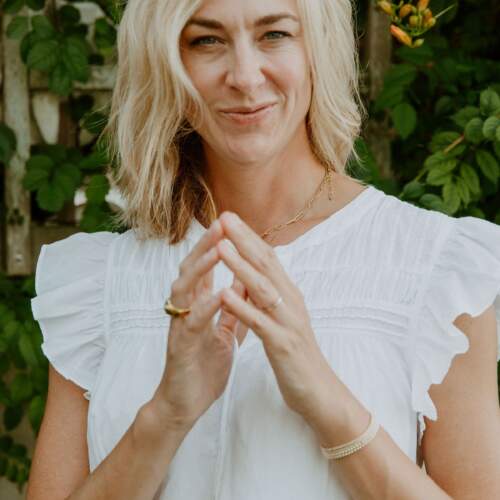Paying for Our Final Days
Photo by De an Sun on Unsplash
I have avoided writing on this topic for months because this publication is about the positive aspects of Aging. There is little positive to say about the cost of our final days. While this is not a new problem, it is a problem that is getting worse by the day. The one positive, I hope, is in helping you prepare for the financial shocks that are sure to come.
With rare exceptions, every one of us would prefer to die in our own homes and in our own beds. The industry label for that is “aging in place.” Looking at ourselves today, functioning rather well in good health, we can scarcely imagine why we would not, or could not, age in place.
And yet – only about 5% of us will be privileged to shuffle off our mortal coil in the comfort of familiar, familial surroundings. The rest of us will spend some of our final days in one or more institutions.
None of them is cheap. If you worry about the high cost of living, wait until you get a whiff of the high cost of dying.
Let’s break down the institutions.
If at some future date you (or your children) decide your house is too much for you to manage, you can elect to join a “senior living” community. That’s the market-friendly name. A more accurate name is an “elder ghetto,” since these facilities effectively segregate older adults from the mainstream of daily living.
An Independent Living unit is for you if you can fix your own meals, dress yourself, shower, and take care of other “activities of daily living.” Should you need help with two or more of those, your next likely step is to Assisted Living, which includes meal services, housekeeping, and help from healthcare workers. If and when your needs become more intense – and require more aid – you may find yourself in a Nursing Home, unless you have developed dementia and need to be placed in a Memory Care unit.
A facility that includes all or most of these steps of care and allows you to transfer from one to the other is called a Continuing Care Retirement Community (CCRC). The fees rise with the intensity of care.
What it costs
The best source for cost data is the Genworth Cost of Care Survey, which not only provides state-by-state information but even offers a tool for calculating costs in future years. All the figures I am presenting are Genworth’s national medians for 2021, the latest available, except as noted.
According to the survey, the median annual cost for a private, one-bedroom apartment in assisted living care is $54,000. (This compares favorably with the $54,501 sticker price for a year of private college education, including room and board. However, four years of assisted living doesn’t earn you a degree.)
For memory care, the average annual cost is $83,220 (from AARP study, 2021).
For a semi-private nursing home room, the annual median is $94,900; a private room is $108,405.
Suppose you opt instead to receive care in your home, and it is more than a family caregiver can take on. The median annual cost for homemaker services is $59,488. For a home health aide, the price is $61,776.
Divide those costs by the amount of your retirement savings and you’ll get an idea of how many years of declining health you can afford.
And that’s just today’s prices. You can be sure they will go up for a couple of reasons. One, because they always do. Two, the senior care industry is operating with severe staffing shortages – we’re talking 400,000 workers – and clearly, substandard wages are part of the problem. Third, the wave of Baby Boomers is creating greater demand than the industry can supply, which guarantees prices will rise.
Who pays?
Medicare, to the surprise of many older adults, does not cover long-term (non-medical) care. It covers inpatient care in a hospital and short, inpatient stays in a skilled nursing facility. It also covers some at-home health care services. But the rules limit reimbursement to what is medically necessary. Non-medical services in Independent living, assisted living, at home, or in a nursing home – anything classified as “non-skilled personal care assistance” – is on your dime.
Long-term care insurance is designed to cover some expenses not covered by Medicare. If you already have a policy, good for you. If you don’t, it’s probably too late.
Medicaid, which is designed to help low-income households offset the costs of long-term health care, is managed 50 ways by 50 states. Generally, to be eligible a recipient can have no more than $2,000 in assets (not counting a home and a car). Not all facilities accept Medicaid. It is not uncommon for nursing home residents to spend down all their assets in order to qualify for Medicaid.
How to Pay
If your retirement assets are less than seven figures, you might want to start planning your escape from impending financial doom. Some strategies worth considering include renting your home, getting a reverse mortgage, cashing in life insurance, veteran’s benefits, annuities, and pooling family resources.
The bottom line is this: the senior living industry has created a system designed for a well-heeled clientele. There are few options for middle-income families who are too rich to qualify for subsidized care (such as Medicaid) but too poor to afford most institutional care.
Something is badly out of whack.
Has Your Transition Been Bumpy? Let’s Talk About It
I want to interview people about their own retirement experience for a book I’m researching. If you care to share your story, please email me at don@donakchin.com to set up a remote interview.


